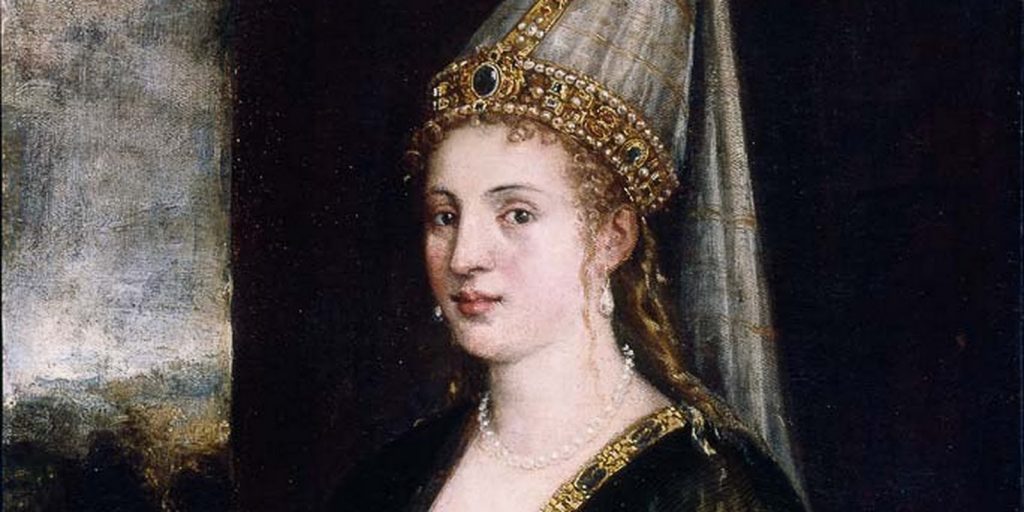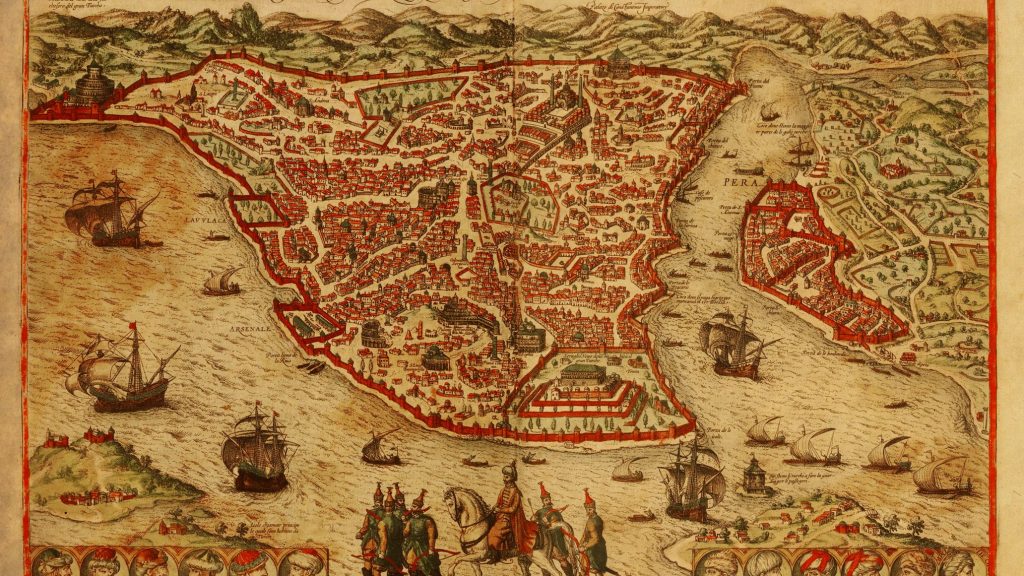The narrative of Hürrem Sultan is a unique element of the Ottoman Empire’s rich history. One of the most prominent and controversial historical figures in the Ottoman yore, Hürrem lived a life that stunned her contemporaries. She was a trailblazer in gender politics, asserting unparalleled authority for a woman of her time who changed the nature of the Ottoman government.
During the sixteenth and seventeenth centuries, the Ottoman Empire saw a shift in its political dynamic when imperial women began to influence the court’s decisions. Royal women within the Empire, beginning with Hürrem Sultan, exerted political power through their relationship with the Sultan, either by being his favoured concubine, wife or Queen mother.

Dubbed Roxelana, or The Maiden From Ruthenia, a land which is now known as Ukraine, Hürrem was captured at the age of 13 by Tatar soldiers. She ended up in Istanbul and eventually in the Sultan’s harem, where she learned Turkish, the principles of Islam, and the erotic arts. She was soon given a new name because of her joyful and optimistic nature, Hürrem, meaning The Laughing One.

Hürrem quickly ascended through the ranks of the imperial household, with Sultan Suleiman The Magnificent changing harem protocol by wedding her and permitting her and their son to remain in the capital instead of a province as was expected by Ottoman traditions.
Helming through a labyrinth of court intrigues ranging from murder plots to exile, Hürrem Sultan rose from a prisoner to the queen mother in the Ottoman hierarchy soon after entering the harem. A woman of firsts, Hürrem’s betrothal to Suleiman and the birthing of five sons, secured her position as the first Haseki (favourite) in Ottoman history.
Her powerful bond and closeness with Suleiman gave her access to the dominion that no other imperial woman had formerly relished. When the Sultan left for campaigns, she ruled over the palace, informed him of the latest news about Istanbul, and sent reports of her discussions with statesmen through her letters.
She wielded influence on dynastic politics of primary significance, and international diplomacy and functioned as an intelligence officer for the Sultan, successfully bearing the moniker The Wife of the Sultan of the World.

Thanks to Hürrem, the century that followed after she was known as the Sultanate of Women, one in which royal wives and mothers held power via politics over men. She broke Ottoman traditions and changed imperial norms on the status of women in the court. As a result, Hürrem acquired a public political role that no woman had before and became a role model for the queen mothers, or valide sultans, who came after her.

Hürrem’s unique position in the imperial court made her an object of fascination beyond the Empire. Both she and her story are portrayed in art, films, tv shows and written about in pamphlets, plays, and musical works. Her legacy includes the Haseki Hospital, constructed in 1550 in Istanbul, which still offers its services to sick people today and beautifies the memory of Hürrem.


